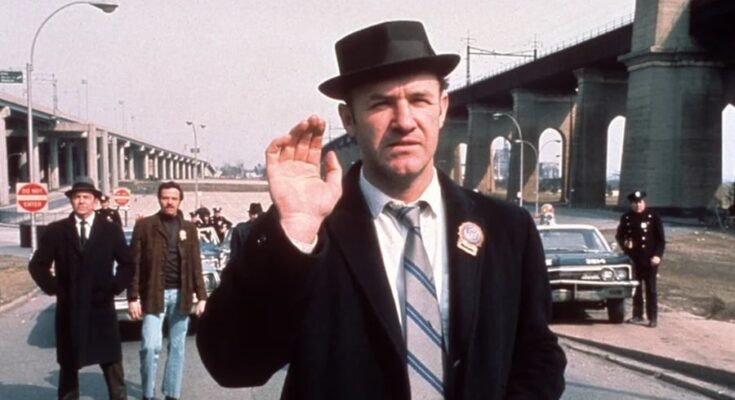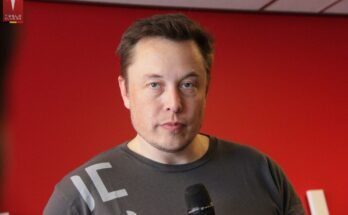
Arguably the most exciting and iconic car chase in the history of cinema is the one featured in the American crime thriller “The French Connection.”
Directed by William Friedkin and starring Gene Hackman, it had its world premieres in New York City and Los Angeles on October 7, 1971. It won the Oscar for best picture.
The screenplay, by Ernest Tidyman, is based on Robin Moore’s 1969 nonfiction book. It tells the story of fictional New York Police Department detectives Jimmy “Popeye” Doyle (Hackman) and Buddy “Cloudy” Russo, whose real-life counterparts were narcotics detectives Eddie Egan and Sonny Grosso, in pursuit of wealthy French heroin smuggler Alain Charnier.
At the 44th Academy Awards, the film earned eight nominations and won five, for Best Picture, Best Actor (Hackman), Best Director, Best Film Editing, and Best Adapted Screenplay.
The French Connection has also a couple of the most exciting low-speed footchases ever put to film.
Writing about the car chase sequence Friedkin said: “I felt that we shouldn’t have one car chasing another car. We had to come up with something different; something that not only fulfilled the needs of the story but also defined the character of the man who was going to be doing the chasing—Popeye Doyle (Gene Hackman), an obsessive, self-righteous, driven man.”
Car chase took five weeks to film
The chase scene was shot entirely out of sequence and over about five weeks. It did not involve solid day-to-day shooting.
“One reason was that we were permitted to use only one particular Brooklyn line, the Stillwell Avenue, running from Coney Island into Manhattan. After numerous location scouting trips, we found a section of the Stillwell Line that we thought would be ideal, stretching from Bay 50th Street to 62nd Street,” Friedkin said.
He added: “I decided to divide the shooting into two logical segments: the train and the car. They had to be shot separately, of course, but at times we had to have both for tie-in shots.
First cut “was terrible”
He also revealed that he was disappointed when he first reviewed the first cut: “I can’t say too much about the importance of editing. When I looked at the first rough cut of the chase, it was terrible. It didn’t play. It was formless…As I look back on it now, the shooting was easy. The cutting and the mixing were enormously difficult. It was all enormously rewarding.”
Often considered one of the greatest films ever made, The French Connection appeared on the American Film Institute’s list of the best American films in 1998 and again in 2007. In 2005, the Library of Congress selected the film for preservation in the United States National Film Registry for being “culturally, historically or aesthetically significant.”
A London Times cinema critic wrote at the time of the film’s release: “Gritty, downbeat and, in Hackman’s ‘Popeye’ Doyle, fronted by one of the most unlikely heroes that cinema had seen, this was one of the great films of Hollywood’s most creatively uncompromising period.”
Related: The Most Dramatic Chase in Documentary History



